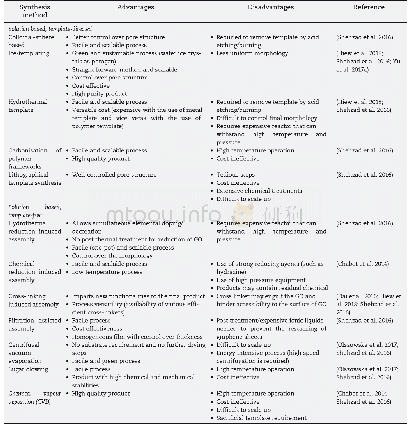《Table 1 Advantages and disadvantages of different modalities of machine perfusion of the liver》
 提示:宽带有限、当前游客访问压缩模式
提示:宽带有限、当前游客访问压缩模式
本系列图表出处文件名:随高清版一同展现
《Machine perfusion of the liver: Which is the best technique to mitigate ischaemia-reperfusion injury》
Donor organs with steatosis,organs that have been exposed to prolonged preservation times,organs from elderly donors,or organs from donation after circulatory death(DCD)are all more vulnerable to IRI and therefore are referred to as marginal or extended criteria donor(ECD)organs[7].The defining parameters of ECD organs can vary slightly amongst centres[8],although,consistently,ECD-LT is associated with high rates of graft dysfunction and lower patient and graft survival posttransplantation[9-11].Despite inferior outcomes,the utilisation of ECD livers is required to tackle the shortfall of donor organs for transplantation.Whilst transplant surgeons do not have control over these donor features,they can consider alternatives to better preserve or even recondition ECD livers.The wider utilisation of ECD livers has exceeded the preservation capacities of traditional static cold storage(SCS),and machine perfusion(MP)of the liver is considered to be a possible alternative preservation method.The use of this technique may offer several advantages in comparison with SCS,including superior organ preservation,limiting ischaemia;the assessment of organ function prior to transplantation;and the possibility of improving or repairing highly vulnerable organs[12].Nevertheless,benefits may vary between different modalities of MP(Table 1);therefore,those protocols are frequently seen as divergent or even competitive at this time.Herein,the advantages and limitations of each individual technique in relation to the possibility of IRI mitigation are briefly discussed in an attempt to identify which is the best technique of MP of the liver.
| 图表编号 | XD0061748500 严禁用于非法目的 |
|---|---|
| 绘制时间 | 2019.01.16 |
| 作者 | Yuri L Boteon、Simon C Afford |
| 绘制单位 | Liver Unit,Queen Elizabeth Hospital,University Hospitals Birmingham NHS Foundation Trust、Centre for Liver and Gastrointestinal Research,Institute of Immunology and Immunotherapy,College of Medical and Dental Sciences,University of Birmingham、National Inst |
| 更多格式 | 高清、无水印(增值服务) |
查看“Table 1 Advantages and disadvantages of different modalities of machine perfusion of the liver”的人还看了
-

- Table 5–Summary of the differences,advantages,and disadvantages of different type nanosystems of UA in cancer therapy.



![Table1 Comparing the advantages and disadvantages of photocatalytic system and existing water treatment methods[4, 7, 8]](http://bookimg.mtoou.info/tubiao/gif/SCMA201903002_31900.gif)

